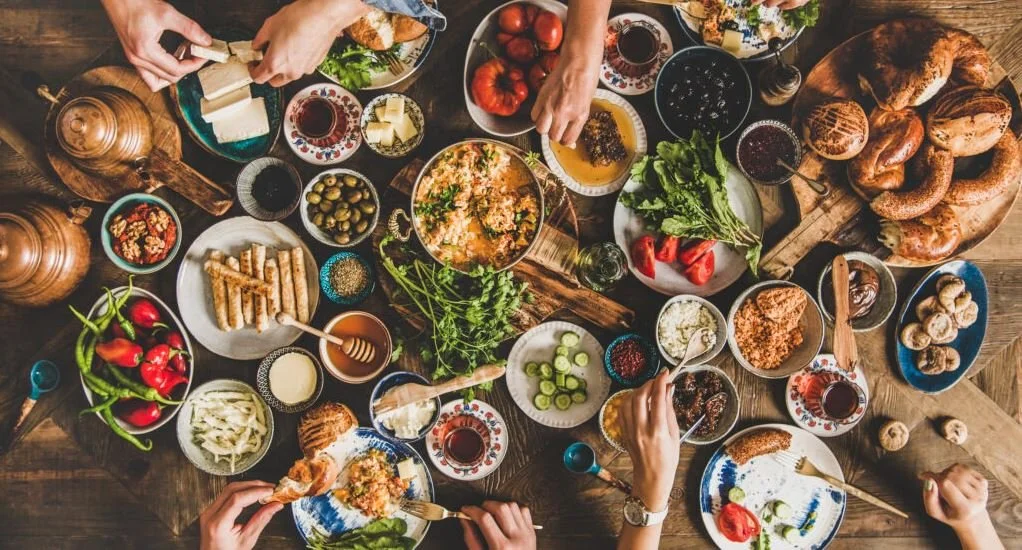Chapter 2, Lesson 3
How Food Messages Shape What You Eat
Introduction
The foods we see promoted and how they’re presented are not random. They’re shaped by cultural norms, media patterns, and even global power dynamics. This lesson dives into how identity and culture influence food messages—and how those messages influence what we eat.
What You’ll Learn
By the end of this lesson you’ll be able to:
Recognize cultural bias in how foods are labeled and advertised
Understand how cultural identity shapes food interpretation
Identify misrepresentation and appropriation in food marketing
Think critically about who is included—or excluded—in food media
The Power of Labels
How Language Frames Food
What does it mean?
Language in media and marketing frames how we judge a food’s value—nutritional, cultural, and even moral.
For example, "superfoods" like kale and quinoa are praised, while foods like injera or plantains are often ignored or labeled as "ethnic" rather than healthy.
Some labels like “clean” or “natural” have no clear definitions, yet carry a strong emotional impact that favors certain cultural norms.
Why it matters:
These labels shape public perception and purchasing habits.
They can reinforce the idea that only certain foods are “good,” marginalizing cultural diets that are just as nutritious.
Being aware helps you spot health-washing and question the bias behind trendy terms.
*Tip: Next time you see a label like "clean," ask, Clean compared to what—and according to whom?
Culture Shapes Interpretation
Why We All See Food Ads Differently
What does it mean?
Culture plays a big role in shaping our food preferences and beliefs.
From spices to meal structure, different cultures define what's "normal" or "healthy" in unique ways.
These cultural norms influence how we interpret food ads, trends, and health advice.
Media messaging often assumes one cultural perspective, leaving others underrepresented or misrepresented.
Why it Matters:
When cultural norms are ignored in food messaging, entire communities can feel erased or "wrong."
It reinforces a narrow, Western-centric view of what counts as healthy, normal, or desirable.
Recognizing this allows you to see value in diverse food traditions and question messaging that tries to universalize one set of values.
It’s a step toward cultural humility, inclusion, and better understanding of your own food lens.
Who Gets Represented?
Faces, Fame, and Food Trends
What does it mean?
Influencers and chefs featured in food media often don’t reflect the diversity of the foods they promote.
Dishes with cultural roots are often rebranded and popularized by people outside those communities without credit.
Why it matters:
Representation affects visibility, financial opportunity, and cultural respect.
It shapes who is seen as an "expert" in food.
Media that highlights diverse voices allows for richer, more accurate stories behind the food.
Watch For: Whose faces do you see associated with health food brands? Do they reflect the food’s cultural origins?
Marketing or Misrepresentation?
When Cultural Foods Get Rebranded
What does it mean?
Companies often modify names, ingredients, or preparation methods to appeal to mainstream markets.
This can remove the history, spiritual meaning, or communal practices that make a dish culturally significant.
Sometimes, entire dishes are renamed (e.g., “wellness bowls” instead of bibimbap or poke).
Why it matters:
It erases the original cultural meaning and can lead to appropriation.
When cultural food is stripped of its context, it becomes a product, not a story.
Quick Check: Does the product acknowledge the culture it came from—or just capitalize on the flavor?
